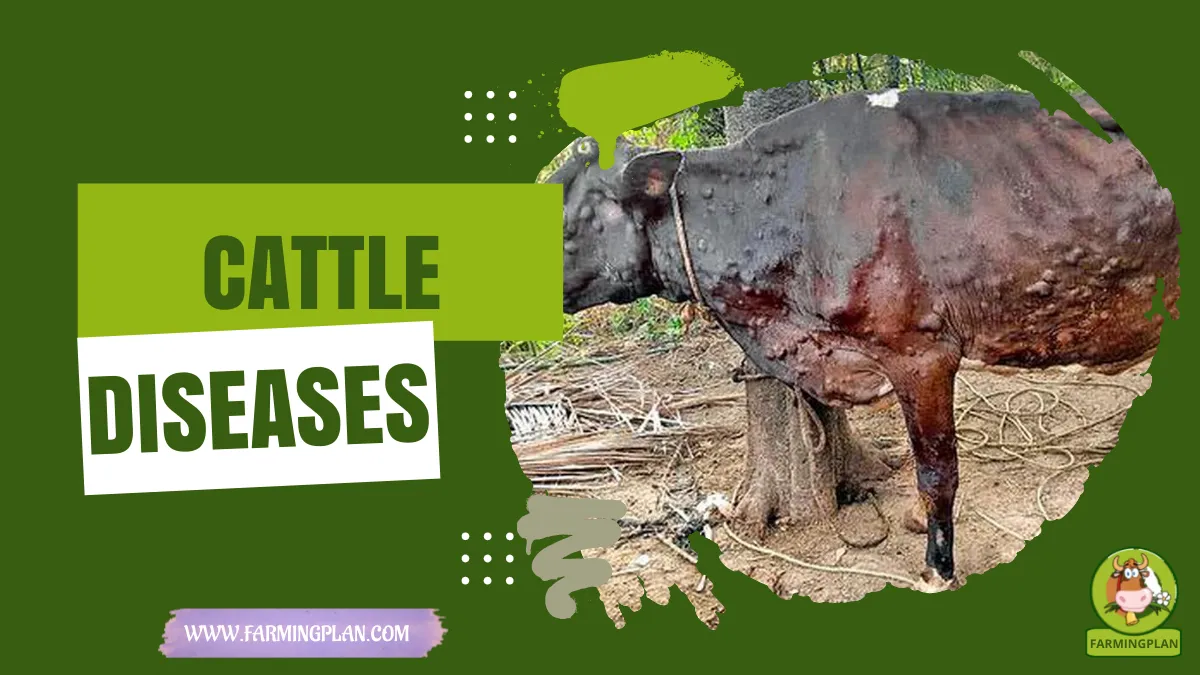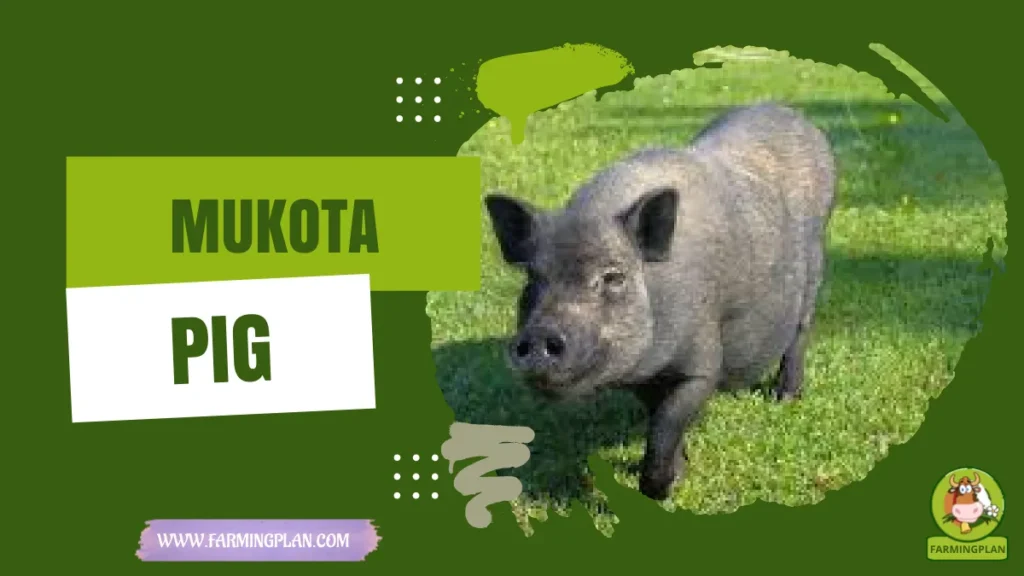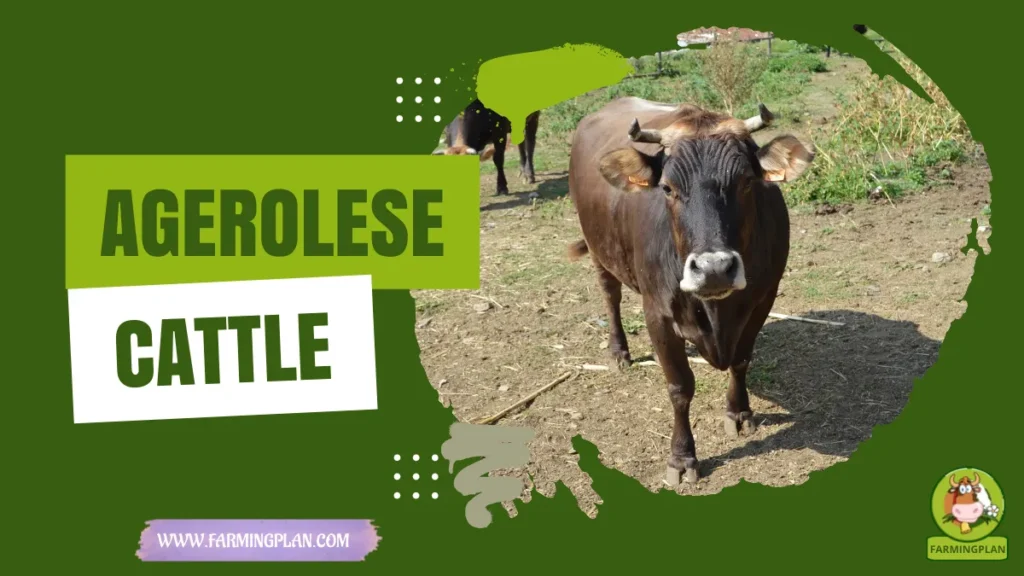Cattle diseases are diseases that affect the individual in a general way. The state of health of the animals depends mainly on the conditions of the animal, the conditions of the environment in which it is found and the presence of agents that produce diseases. All producers must develop a preventive health plan in their farm that includes vaccinations, control of external and internal parasites and some handling techniques such as decorate, hoof trimming, etcetera. Once the animal has contracted an illness, the producer must be able to distinguish and treat it properly.

Affecting of Cattle Diseases
Generalized affections in cattle:
They are diseases that affect the individual in a general way, that is to say, the agent producing the disease may feel a predilection for a particular organ, however, the symptoms and signs of it affect the general body condition of the individual. Most are acute-stroke diseases and in most cases cause prostration and death rapidly.
Reproductive system:
Reproductive diseases often lead to infertility of animals, increased abortions, and the birth of weak offspring. They are diseases usually caused by bacteria, viruses, and parasites with great potential to infect and transmit to other individuals. The method of contact is usually direct contact and acute and chronic disease can occur. You May Also Like To Read Angus Cattle.
Diseases of the digestive system:
They are the diseases that affect the gastrointestinal tract, most of them are caused by pathogenic microorganisms with great invasive power. Gastrointestinal diseases affect the digestion of food and absorption of nutrients, produce diarrhea and vomiting and in consequence of weakness and dehydration of animals, electrolyte imbalance and in many cases are affect the stomach and intestinal tissues.
Diseases of the nervous system:
Here are the diseases that affect the nervous system, which, after detecting changes in the external or internal environment of the body, interprets sensory information and directs responses through electrical activity. Usually, diseases are causing discord, optic disturbances, motor disorders, seizures and abnormal behavior of the animal.
Diseases of the musculoskeletal system:
The diseases of the musculoskeletal system that most frequently affect the production of animals are those related to the locomotion of the individual. An animal that can not move efficiently to find food is no longer productive.
Most of these diseases result from skeletal disorders and joint changes, as well as muscular, infectious diseases, nutritional deficiencies, congenital defects and in many cases injuries.
Diseases of the respiratory system:
Diseases that affect the respiratory system of individuals are usually spread through nasal and ocular secretions, saliva sprayed on the cough and in the case of viruses up to respiration. You May Also Like To Read Hereford Cattle
There are some factors that predispose the animal to develop these diseases such as exposure to excessive loads of dust, mixing of animals of different origins, high concentrations of moisture and ammonia among others.
Metabolic Disorders:
These are diseases that affect the regulation of energy production and damage tissues necessary for the survival of individuals. Metabolic disorders are usually the result of an excess or deficiency of enzymes or catalysts and are mainly related to the factors of production and management.
Endoparasites:
They are those that are located inside your host, are generally not observed with the naked eye and it is necessary to perform tests in the laboratory to detect their presence. Endoparasites can be located in any organ, however, each different species feels a predilection for a particular organ.
Endoparasites that attack productive animals are divided into four large families:
| Family | Main Feature | Preferred Location |
| Trematodes | Untrimmed flatworms | Digestive system and other organs |
| Nematodes | Cryptic worms | Digestive system mainly although there are species adapted to other organs. |
| Cestodes | Flat and segmented worms | Digestive system mainly |
| Protozoa | Unicellular organisms | Blood, lymph, digestive system, body organs. |
Ectoparasites
Ectoparasites are parasites that prefer to live on their host, usually located on the skin, hair, feathers, and horns. Such as Ticks, Mites, Flies, Lice.
Poisoning
In the same way as diseases, poisoning can lead to the deterioration of animal health and in many cases to the death of animals depending on the Dose that the animal consumers of a certain toxic agent and of the susceptibility of the animal against the mentioned agent.
- Toxicology: It consists in the study of the harmful effects of the poisons on the biological systems.
- Intoxicant: It is the agent capable of producing intoxication.
- Toxin: They are poisons produced by a biological source.
- Toxicosis: Also called poisoning or intoxication refers to the disorder caused by an intoxicant.
Other Diseases
- Foot-and-mouth disease: Viral disease to be vaccinated every year in endemic areas. Shows symptoms such as blisters on the tongue and mouth, cracking between the hooves, fever. It is very contagious.
- Brucellosis: Causes abortion in cows or inflammation of testicles in bulls, caused by bacteria. All 4-month-old calves are vaccinated once. Sick animals are sacrificed, it is contagious to humans (Malt fever).
- Symptomatic carbon, malignant edema, and hemorrhagic septicemia: Diseases that cause great losses and even death, have crunching swellings, hemorrhages, etc. Vaccinate once a year with triple bacterin.
- Anaplasmosis and piroplasmosis: parasitic diseases of the red blood cells, occurs in the tropics by contagion through ticks. There is a high fever, rapid breathing, decay, brown urine, anemia; Is treated with Tetracyclines the first and imidocarb dipriopionate or acriflavine hydrochloride for both.
- Distomatosis (Fasciola h.): The Parasitic disease of the liver, common in humid areas (saguaype, ccallo). It presents black diarrhea, low production, swelling of the dewlap, anemia, liver damaged with pustules and thickened and calcified ducts. It is prevented by applying copper sulfate in infested bofedales and treated with Albendazole.
- Roundworms (nematodes): Diseases caused by various parasitic roundworms of the digestive and pulmonary tract of livestock; Cause anemia, loss of appetite, pain and low production. It is prevented with cleaning and disinfection of pens and treated with Levamisole, Ivermectins or Albendazoles.
- Flatworms (tapeworms): parasitic diseases of the digestive tract, lungs, liver and other organs of cattle, transmitted through carnivores and man. They cause thinning, lack of appetite, gastric disturbances. They are treated with Niclosamide or Praziquantel, it is prevented with deworming of dogs.
Capacity
- Diseases are the cause of increased mortality and morbidity in cattle, mortality can be reduced from 10% to 4% in adults, from 15% to 7 % In heifers and bulls, and from 20% to 10% in calves.
- Disease stress decreases weight gain and milk production, avoiding them by increasing meat production by at least 20% and by 50% Milk.
Advantages
- Creole cattle has an adaptation to the peasant milieu, achieved through a natural selection of more than 400 years; This gives them rusticity and resistance to difficult conditions
- This breeding is a means of capitalizing peasant families, in addition to providing foods of high protein value (meat, milk, cheese)
- Little investment in external inputs.
Disadvantages
- Use of veterinary products is expensive and its misuse can cause problems such as the resistance of pathogens.
- One disease can be confused with another if experience and advice are not available. Diseases are harmful and should be prevented or treated, but it is necessary The technical advice to identify the diseases with precision and to give the treatment according to the recommended doses.
FAQ
What is the major viral disease of cattle?
The major viral disease of cattle is bovine viral diarrhea (BVD). BVD is a contagious virus that affects the digestive, respiratory, and reproductive systems of cattle. It is spread through contact with infected animals or their secretions, as well as contaminated feed, water, and bedding. Symptoms can include fever, loss of appetite, weight loss, and diarrhea. In severe cases it can cause abortion in pregnant cows and lead to death.
What is the common disease of dairy cattle?
Dairy cattle are susceptible to a variety of diseases, both infectious and non-infectious. Common infectious diseases include bovine respiratory disease, mastitis, leptospirosis, and Johne’s disease. Bovine respiratory disease is caused by a combination of bacteria and viruses that can cause fever, coughing, nasal discharge, and decreased milk production. Mastitis is an inflammation of the udder caused by bacteria or fungi that can reduce milk production and decrease the quality of milk. Leptospirosis is a bacterial infection spread through urine or contaminated water that can cause fever, loss of appetite, weight loss, and decreased milk production. Johne’s disease is a bacterial infection that causes diarrhea in calves and adult cows as well as decreased milk production.
What disease kills cattle?
Cattle are vulnerable to a variety of diseases, some of which can be fatal. Bovine Respiratory Disease (BRD) is one of the most common and serious illnesses that can affect cattle. BRD occurs when bacteria or viruses invade the animal’s respiratory system and cause inflammation and infection in the lungs. Symptoms include coughing, nasal discharge, fever, reduced appetite, and labored breathing. Left untreated, BRD can lead to death due to fluid buildup in the lungs or secondary bacterial infections.
Conclusion
There are many cattle diseases that can affect the individual in a general way. The state of health of the animals depends mainly on the conditions of the animal, the conditions of its environment and whether there are agents that produce these diseases present. This article has outlined some common causes for certain cattle diseases as well as how to prevent them from happening again. If you find yourself with any questions about this guide or want more information please contact us! Thank you for reading our blog post today – we hope it’s helped answer your questions! Good luck to all those who work closely with cows!
As A Reference: Diseases


